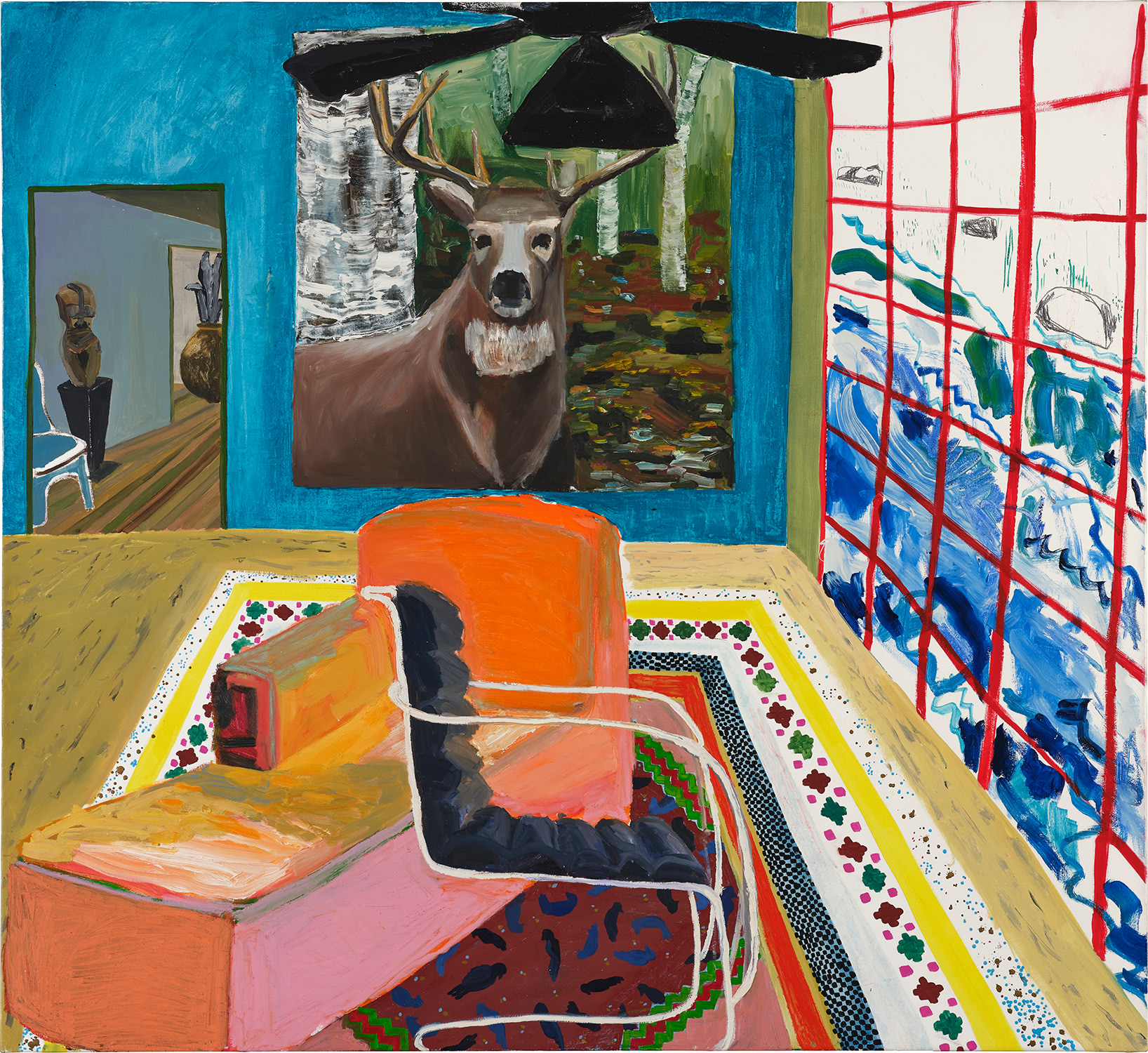

112
Shara Hughes
Gihon River
Further Details
Full-Cataloguing
Shara Hughes
Shara Hughes (b. 1981) earned a BFA from the Rhode Island School of Design and later attended the Skowhegan School of Painting and Sculpture. She currently lives and works in Brooklyn, NY.
The artist is best known for her colorful landscapes which bridge a gap between the real and the imagined, and the beautiful and the chaotic. Working intuitively, the artist does not typically pre-plan her canvases. Rather her process involves giving form and shape to her previously applied brushstrokes and reacting to her last applications of paint and color through more painting.
Hughes has participated in numerous group exhibitions, at venues such as FLAG Art Foundation, NY (2023); ICA Miami (2022); De la Cruz Collection (2022); Louisiana Museum of Modern Art, Humlebæk (2021); Dallas Art Museum, Dallas (2019); MASS MoCA, North Adams (2018); and the High Museum of Art, Atlanta, GA (2015). The artist was also included in the 2017 Whitney Biennial at the Whitney Museum of American Art, New York, NY. Hughes’ work belongs to many prominent museum collections including the Dallas Museum of Art, Dallas, TX; the Denver Museum of Art, Denver, CO; the High Museum of Art, Atlanta, GA; the Jorge M. Perez Collection, Miami, FL; the Metropolitan Museum of Art, New York, NY; the Museum of Contemporary Art of Georgia, Atlanta, GA; the M Woods Museum, Beijing, China; the Phoenix Art Museum, Phoenix, AZ; the Rachofsky Collection, Dallas, TX; the Saint Louis Art Museum, St. Louis, MO; the Si Shang Art Museum, Beijing, China; the Smithsonian American Art Museum, Washington, D.C.; and the Whitney Museum of Art, New York, NY; among others. Hughes lives and works in Brooklyn, NY.